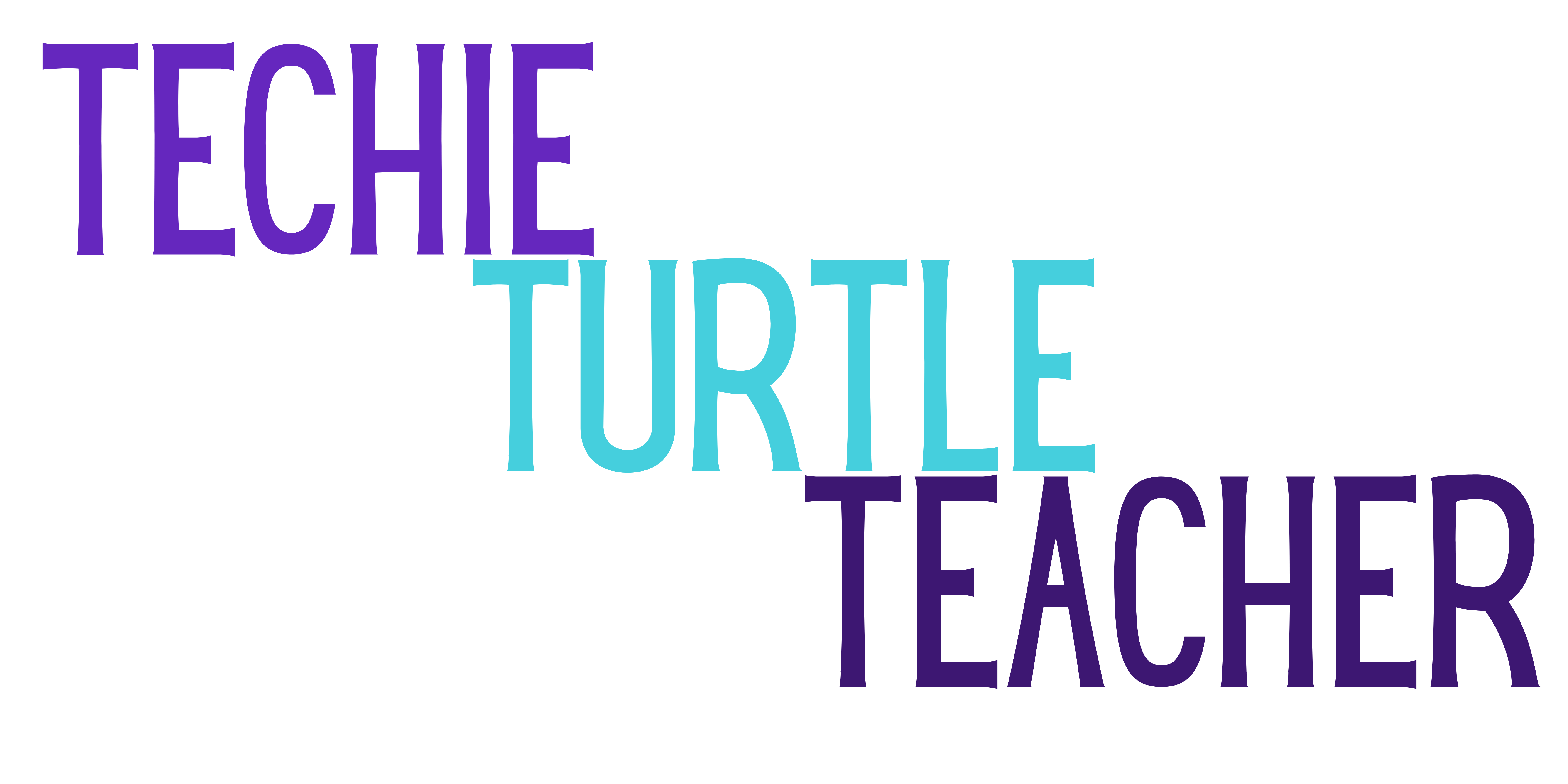Counting Coins
Counting coins is an important skill for anyone to learn. Students will take this information with them into the real world as they grow up.
It’s important to take the time when the students are young to teach them the names and values of the coins as well as how to count the coins.
Keep reading to gather ideas for teaching counting coins in your classroom. These ideas are made for first or second graders.
Teaching Money
Money is a concept that takes a lot of hands-on practice in order to master the skill. It is not something that can be shown on worksheets or computer programs, especially at the beginning.
Students need to handle coins. It doesn’t matter whether they are using real money or plastic coins. All that matters is that they are touching the coins frequently!
You can have students bring in coins from home or you can purchase a set of plastic money as shown below.
Start the money unit by giving students a chance to sort the coins and really examine both sides of the coins.
I used food trays labeled with Q, D, N, and P to help with easy sorting.
Each student received a bag of coins at the beginning of class and spent time sorting the coins.
If someone finished early, I had them switch bags with another student to continue practicing sorting the coins.
Spend some time talking about who is on each coin and the features shown on both sides of the coins.
Once students are familiar with the coins, then you can start teaching them how to count the coins.
Identifying Coins Game
Now that your students are comfortable sorting the coins, you can have them play Coinville in order to practice identifying the coins.
You can grab this free game below!
Counting Coins
Students should be able to count by like coins before they can count mixed coins.
Give students all pennies, all nickels, all dimes, or all quarters to practice counting by 1s, 5s, 10s, or 25s.
This is where the coins and sorting trays come in handy. After students sort their coins in the tray, you can tell them to grab all their dimes and count to see the value of the dimes.
Once students have mastered counting the physical coins, you can move to pictures of coins.
If some students haven’t mastered counting the physical coins, you can give them the opportunity to practice counting pictures of coins, but you should have the physical coins available for them to touch at the same time.
Skip Counting by Like Coins Task Cards
Use these skip counting by like coins task cards to get your students practicing counting by like coins while moving around the room at the same time.
Coins in my Pocket Center Activity
When your students are ready to move on to counting mixed coins, you can use this center activity for practice. Students can either make the amounts with coins and then draw or just draw the coins. It’s up to you to decide what your students need.
After the center activity, you can use the worksheets as extra practice or homework.
Self-Checking Money Cards
If you need another center activity for counting coins, you can use these self-checking cards to practice counting coins. Students can check their own work by flipping over the card and looking for the answer on the back.
Money Word Problems
Now that your students are confident with counting money, you can introduce money word problems to them.
Give them practice with these mystery word task cards for solving money word problems.
Pin this to Pinterest for later










